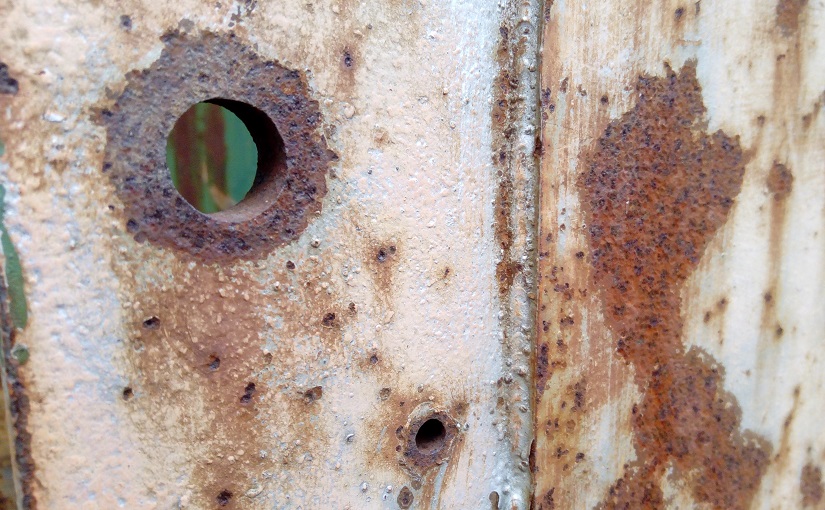Creativity’s presumably this age-old human function of applying ingenuity to the resources we have in hand or problems we’re hoping to solve. All the ways we look at our world and add something to it, another layer of perception or meaning that we and others may find valuable. This bringing into being of what previously wasn’t there, something produced out of nothing but our capacity.
Looking to the past, it’s clearly been a longstanding part of human life: the making, mending, maintaining provision of various crafts; the joy of participating in the cultural life of community; the necessity of applying ourselves creatively to make the best of things (Notes One). We’ve perhaps “always” been creative beings, engaging constructively and imaginatively with our surroundings.
These days, though, crafts are more often a luxury: expensive, time-consuming and generally unable to compete with the savings offered by mass production. It’s effectively uneconomical to make things the way they would’ve once been made, and few seem to truly value the dedication, beauty and love of a handmade gesture that may not always fit in with a contemporary sense of style.
It seems creativity struggles to find a place within modern society; becoming a hobby or a personal statement rather than an essential part of how we’re living. The consumer mindset seems to have created a world of replacement rather than maintenance – wear and tear is just an opportunity to buy something new (Notes Two). It also can’t help that, generally, things aren’t made in such a way that we’re even able to mend them.
At the heart of it, though, creativity seems to be about the human relationship with our environment: needs and desires; style and substance; design and beauty; resources and commodities; wisdom, purpose and honesty. Perhaps, in a way, it’s also about balance? About making that relationship constructive rather than destructive. The idea of living in harmony within that environment.
Historically, the Arts and Crafts movement seemed to be grappling with that challenge of balancing form and function at the advent of the modern age – the utopian vision of finally being able to solve humanity’s needs in elegant, unique and lasting ways. Their idealistic striving for truth and harmony seems quite beautiful; much as it might’ve given way to the more materialistic solutions now surrounding us.
It’s just interesting the place creative instincts have been afforded in modern society (Notes Three). It’s become the gloss that makes products or ideas more appealing; a potentially rewarding career for those prepared to lend their skill to commercial interests. It’s often taken with little recognition of its true worth – works reused without credit or remuneration. Frequently, it’s all seeming somewhat superficial or meaningless.
Yet, if art’s this sense of perception, understanding, intention, imagination and skill in how we engage with life and respond to it, why don’t we value that more than we do? It’s always “added something” to human existence – something perhaps hard to quantify and put a price on, but something valuable nonetheless.
Notes and References:
Note 1: Culture, art & human activity
Note 1: The creativity of living
Note 2: Is sustainable design an impossibility?
Note 2: Meaning in a world of novelty
Note 2: What are the true costs?
Note 3: Art, collaboration & commodification
Note 3: Thoughts on art & on life

